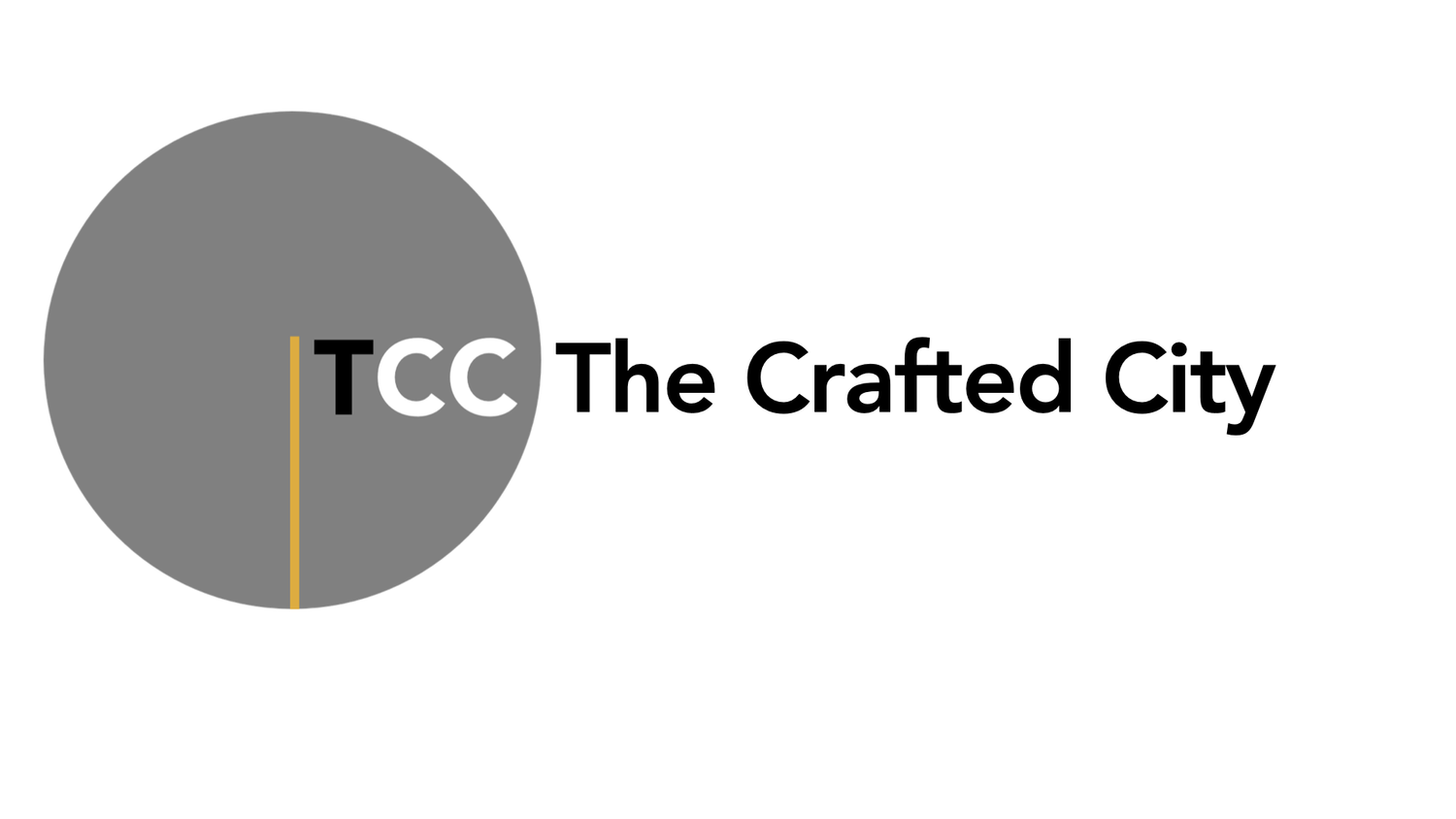THE CITY IN TIMES OF COVID
Pasadena CA 2021 / Photo: Doug Joyce
14 October 2021
When it became apparent that the COVID virus would take its monstrous hold, it appeared that those folks who lived in crowded places were the unlucky ones. The populous cities were full of the possibilities of transmitting the virus from one close-by person to another. For the time being, being away from a high concentration of people seemed to be the best way to stay safe. We know differently after these first few panicked days, but right then cities seemed like a bad idea.
The virus outbreaks were attributed to large gatherings, so called spreading events, almost always in cities. Fighting the pandemic seemed to favor those who chose to be in isolation, those disposed to be extreme introverts, as well as those who already lived in less-dense places. The best hope for everyone was to hunker down and try to imagine when everything could get back to normal again.
Of course that ‘getting-back-to -normal’ date was never that certain, and desperation and defiance set in. Folks impacted by the virus started to either pretending it wasn’t real or they started to develop ‘hacks’ to get a safer, if imperfect, approximation our former lives.
Turns this ‘necessity’ birthed some interesting ‘inventions’— the ‘hacks’ created by this necessity have been kind of cool. The necessity? Restaurants and Bars could no longer operate safely in their former mostly indoor environments. Performing arts practices and performances could no longer take place inside. Education could no longer take place in its traditional environments. Everything that could not be handled by a Zoom call needed an an alternative involving fresh air in order to resume.
CRAFTED HOPE IN A TIME OF DESPAIR
The Great Interstitial got called into action. The streets, the courtyards, the sidewalks, the alcoves, the yards, the alleys— all of them— could be used and improvised into safe spaces where life could go on. Provisions for the weather, for surrounding noise and security, and providing enough light could be made. To top it off, every once and awhile, these improvisations could be better than the inside spaces they were replacing.
These are the hacks for living life in the city in dangerous times, substituting conditioned interior comfort with being out in the opening with a space heater of fan. But the remarkable discovery has been the beautiful ‘back-togetherness’ on displace to slave the extreme isolation and loneliness of these times. The streets with groups of restaurants came together to serve food in an improvised cafe setting, reintroducing the ‘see and be seen’ environment to a place where a year before there was mostly rushing vehicles in an inhospitable blur. Youth ballet schools turned parking lots into dance studios, conducted to the music of Satie wafting through the surrounding buildings— the pure beauty of youth, undertaking the timeless arts, in an environment where the surrounding neighborhood could appreciate. Exercise classes also made their way outside, illustrating to us all the will to thrive during times where it seemed like we wouldn’t.
Our city ‘in-between’ spaces, often neglected in normal times, are making themselves important and vital in our consciousness. But haven’t they always been important? And aren’t we being shown a new way forward for the times when things come back to ‘normal’?
THE INHERENT RESILIENCY IN OUR STREETS + HOW CAN WE WORK OFF THAT
The public way— our streets, pathways, parking lots, and courtyards, are the common places that allow us to move through and to bring in light and air to building. Historically, these outdoor rooms have also been our public meeting places. Their impromptu use tells us that we can expect more from them.
The pandemic has been an Epoch shifting event for cities. It’s too early to say that the potential changes will come to pass, but I think we have learned things that will help. change our cities, some hopefully for the better. The resilience of our streets and in our public has been a literal life-saver. It would be good to implement what we’ve learned.
Going forward, we know we will need to make the public realm even more flexible— designed for more than movement. The resilience we know we now need will require us to design streets for a much broader list of requirements:
Multiple transportation systems, focused on pedestrians and self-powered vehicles.
Management of water runoff for these global warming days to control floodwaters, contain pollution, and to replenish the water table.
Right-of-ways are optimized for a variety of uses beyond just access for cars. (Cafe spaces, etc.)
We now know that our public places need to be more dynamic and more well designed to make them attractive, safe, healthy, and dynamic places that we know they need to be. Even without the pandemic, we’ll enjoy them more.

